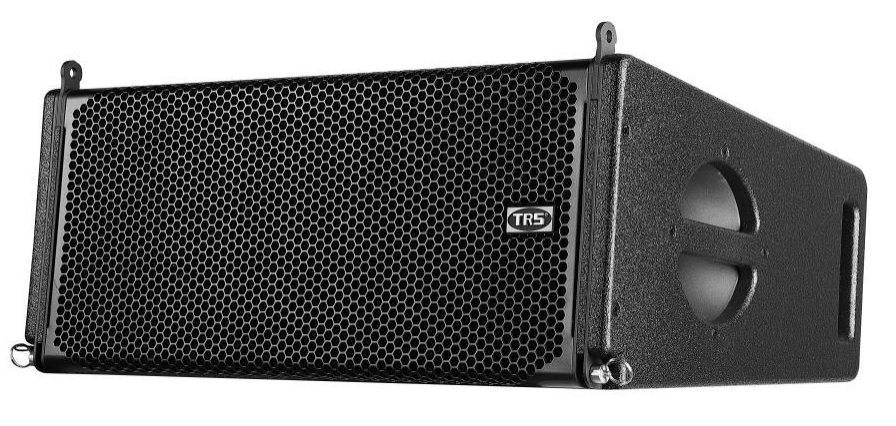The sound system is the foundation of any audio experience, whether it is a live concert, recording studio, home theater, or public broadcasting system. The structure of the audio system plays a crucial role in providing high-quality audio that meets specific environmental requirements. This article will delve into various types of sound system structures, their components, and their applications, with a particular focus on professional equipment systems suitable for Chinese singing.
1、 The basic components of a sound system
Any sound system, regardless of its complexity, is basically composed of the following parts:
Sound source: This is the starting point of the audio signal, which can be an instrument, microphone, CD player, or other audio device.
Audio processor: A device used to adjust audio signals, such as equalizers, compressors, and effectors.
Amplifiers: Amplify audio signals to drive speakers to produce sound.
Speaker: converts electrical signals into sound and transmits it to the audience.
Connecting cables: cables used to connect various parts of the audio system.
2、The type of audio system
1. On site audio system
Characteristics and composition
Live sound systems are typically used for concerts, performances, and other live events. This type of system requires high power output and a wide coverage range to ensure that the audience of the entire venue can hear clear sound.
Front system: including the main speaker and subwoofer, responsible for transmitting sound to the audience.
Stage monitoring system: Provides real-time audio feedback to performers so they can hear their performance and singing.
Audio console: used for mixing and managing multiple audio sources.
2. Studio audio system
Characteristics and composition
The studio audio system requires highly accurate audio reproduction to capture and process high-quality recordings.
Recording microphone: A high sensitivity and low noise microphone used to capture sound details.
Recording interface: converts analog signals into digital signals for computer recording.
Recording software: A digital audio workstation (DAW) used for editing, mixing, and processing audio.
3. Home theater audio system
Characteristics and composition
Home theater systems are designed to provide an immersive audiovisual experience, typically including surround sound configurations.
AV receiver: used for decoding and amplifying audio signals, and managing multiple audio sources.
Surround speakers: including front speakers, surround speakers, and subwoofer, providing a comprehensive sound experience.
Display devices, such as televisions or projectors, used in conjunction with sound systems.
4. Public Broadcasting System
Characteristics and composition
The public broadcasting system is used in large spaces such as sports venues, conference centers, and outdoor activities to deliver clear and loud sound.

Long distance speaker: High power speaker used to cover a wide area.
Wireless microphone: convenient for speakers to move freely over a large area.
Audio matrix: used to manage and allocate multiple audio sources to different regions.
3、 A professional equipment system suitable for Chinese singing
Chinese singing has unique timbre and expressive power, so it is particularly important to choose suitable professional audio equipment.
1. Professional microphone
For Chinese singing, choose a microphone with smooth frequency response and clear high pitch, such as a condenser microphone. This type of microphone can capture the delicate emotions and sound levels in the singing style.
2. Professional audio processor
By using an audio processor with high-quality preset and adjustment functions, detailed audio processing can be carried out according to the characteristics of Chinese singing, such as equalization, reverberation, and compression.
3. Professional amplifiers and speakers
Choose high fidelity amplifiers and full frequency speakers to ensure that the sound can still maintain its original tone and details after amplification. This is particularly important for expressing the sense of hierarchy and dynamic range of singing style.
4 Application Examples of Sound Systems
1. Live concert
In live concerts, high-power front-end systems and stage monitoring systems are used, combined with sophisticated audio consoles, to ensure that each note can be clearly transmitted to the audience, while allowing performers to hear their performance in real-time.
2. Studio recording
In the recording studio, high sensitivity recording microphones and professional recording interfaces are used, combined with digital audio workstations for fine audio editing and processing, capturing every sound detail.
3. Home Theater
In home theaters, utilizing surround sound systems and high-definition display devices provides an immersive audiovisual experience, making the audience feel as if they are in a movie scene.
4. Public broadcasting
In public broadcasting systems, choose high-power long-distance speakers and wireless microphones to ensure clear coverage of the entire area and facilitate the speaker's free movement.
Conclusion
The structure and selection of sound systems are crucial for different application scenarios. Whether it's live concerts, recording studios, home theaters, or public broadcasting, each sound system needs to be designed and configured according to its specific needs. Especially in response to the unique characteristics of Chinese singing, choosing a suitable professional equipment system can better showcase its timbre and expressive power. By gaining a deeper understanding of the various components and types of audio systems, we can better utilize these devices and create a high-quality audio experience.

Post time: Jul-11-2024
